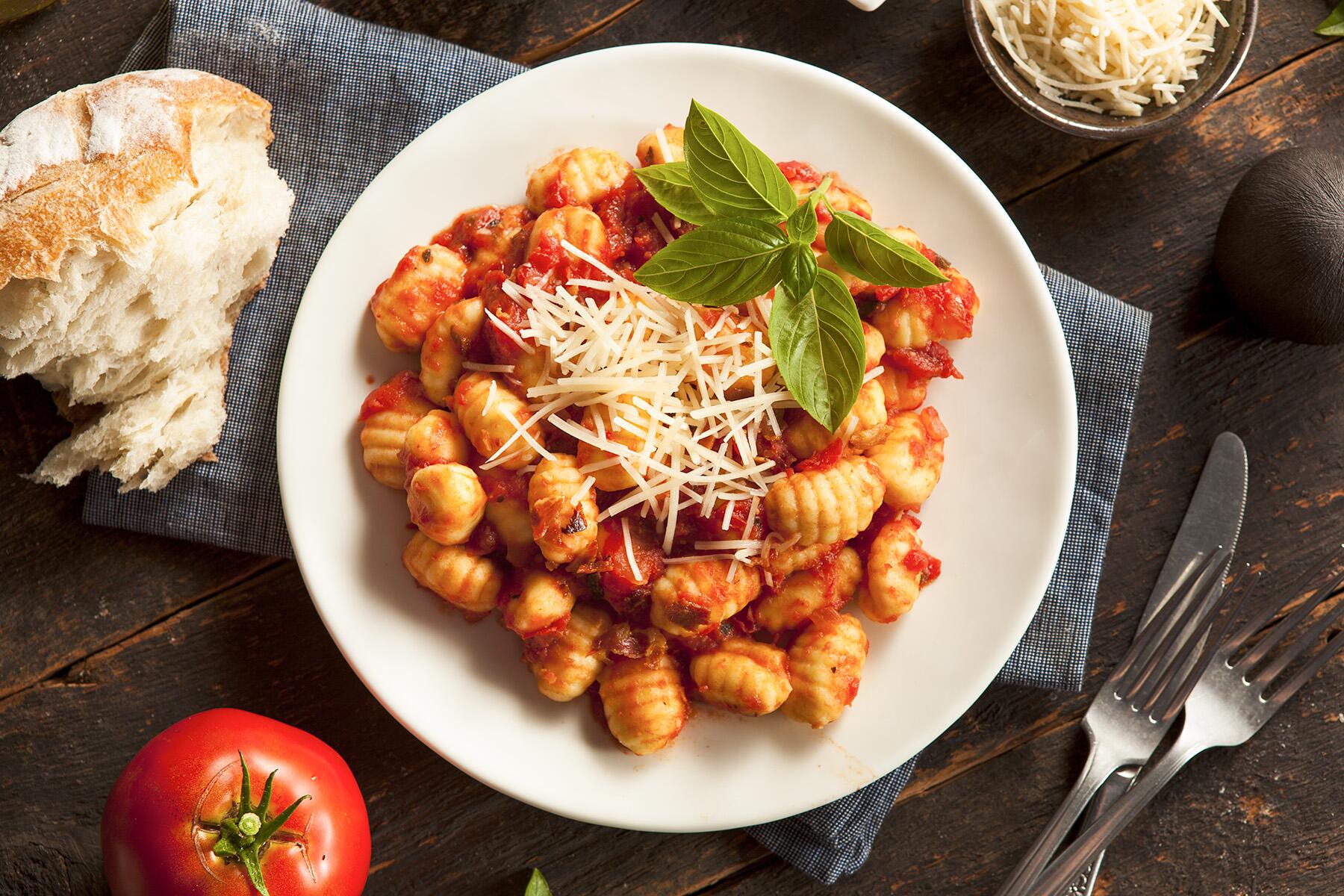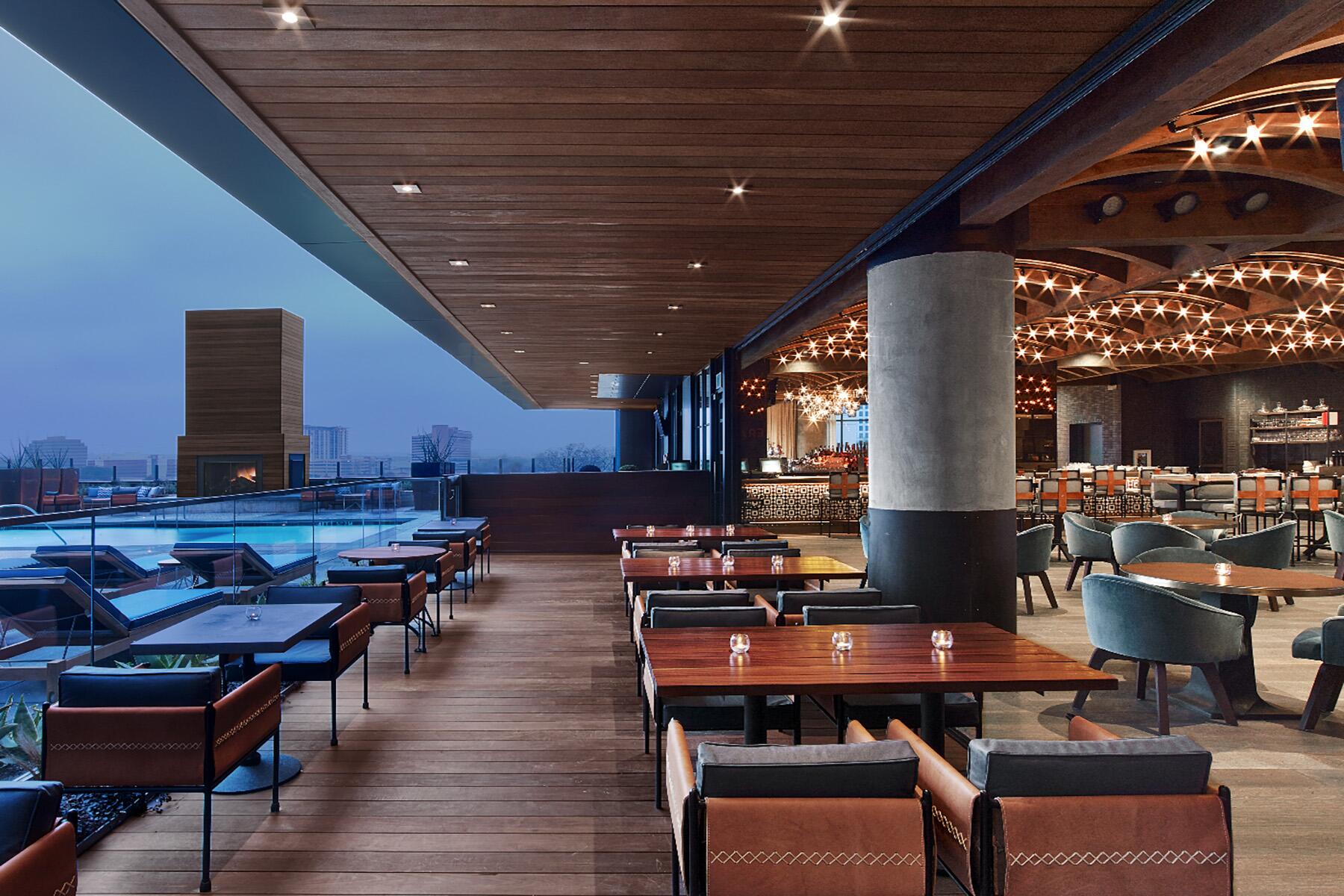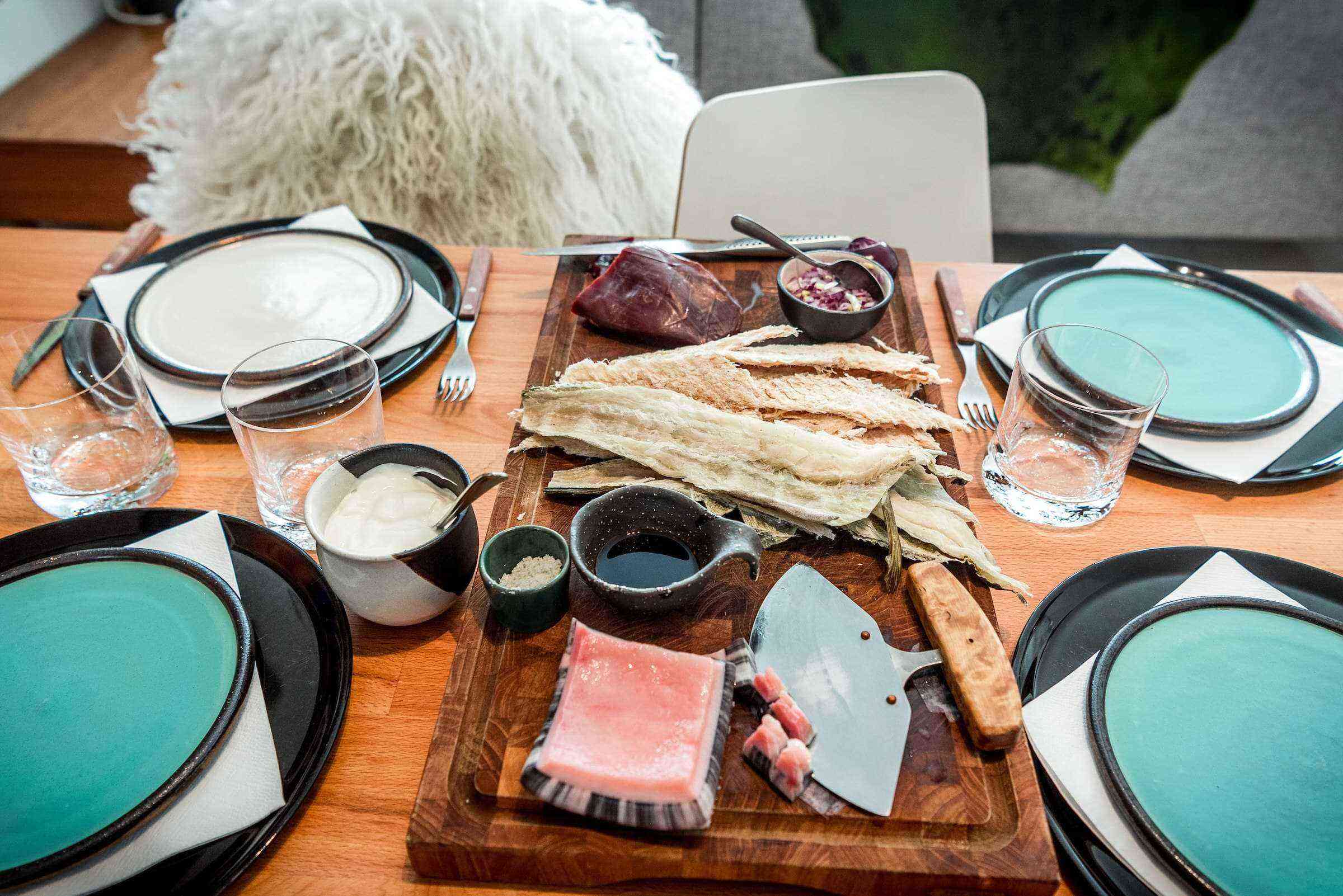From whale meat and blubber to seal, muskox, and eider duck, sifting through traditional Greenlandic cuisine might feel like running down an endangered species list and is no doubt a challenge for vegans.
But for Greenlanders faced with harsh climates and rough land that barely grows anything green, the food eaten is almost as iconic as Inuit culture itself, and has been influenced by lack of easy access to the things others take for granted.
With most of its 2.1 million square kilometers covered by glacial ice, Greenland’s main protein sources come from sea mammals and marine life. It is important to note that while there are many discussions surrounding the sustainability and eco-practice of whaling, Greenland has very strict rules and guidelines when it comes to hunting whale for daily sustenance.
So when heading to this Arctic island nation, leave your food prejudices behind in order to sample one of the world’s oldest indigenous cuisines—one that has nourished the Inuit for centuries.





